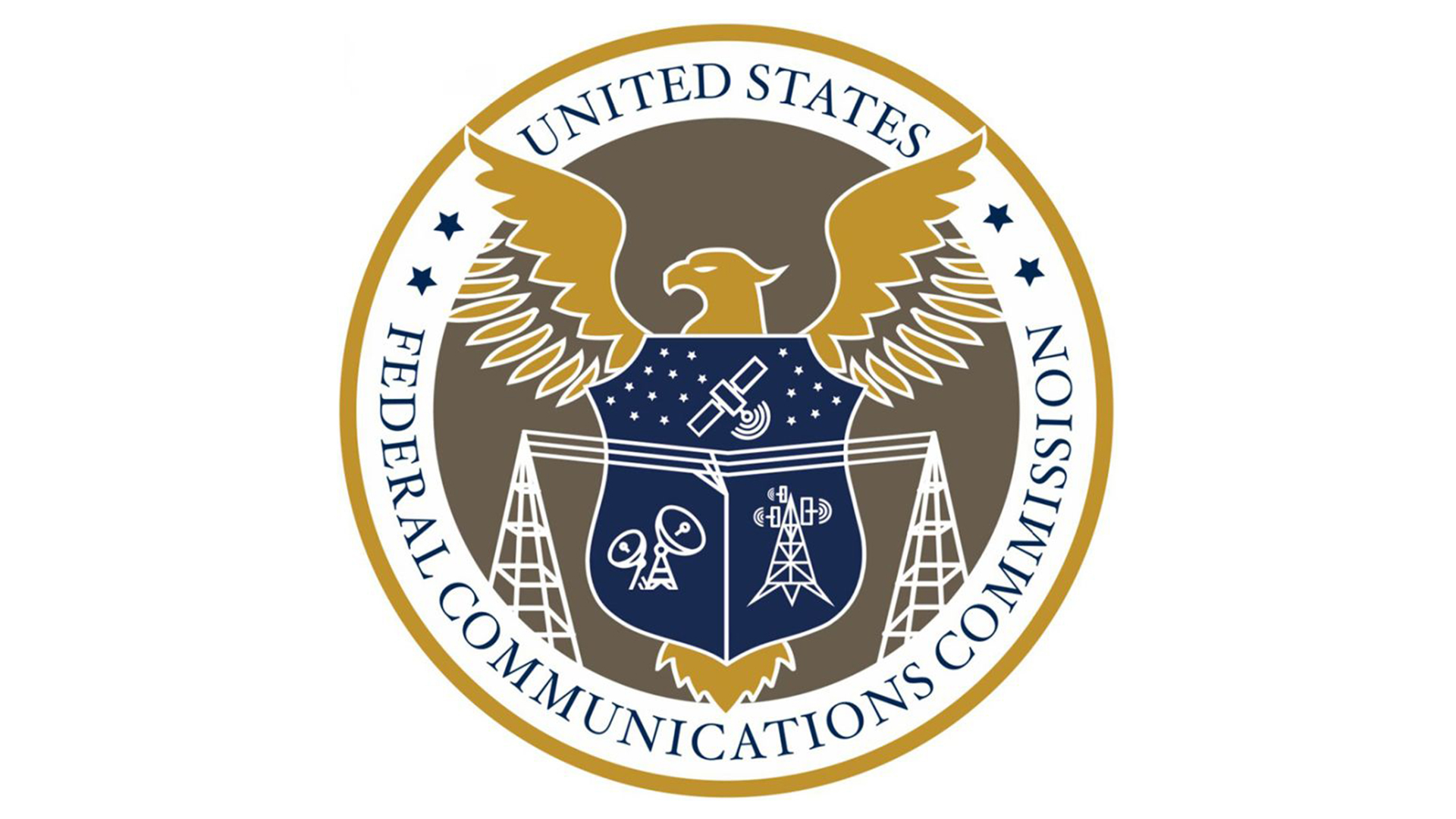FCC Seeks Input on Spending Billions on Remote Learning
Has 60 days to come up with program to hand out billions of dollars

The FCC is seeking public input in how to quickly stand up the $7 billion COVID-19-related emergency schools and libraries advanced telecommunications connectivity fund created by Congress in the American Rescue Plan to help close the homework gap and aid in remote learning more widely during the pandemic.
Also Read: Broadband Billions to Flow from American Rescue Plan
The commission has 60 days to start handing out the money, which can be spent on advanced telecommunications service for the home (or potentially other non-school or library location) and equipment for use by schools, libraries, students, patrons, and staff outside of the physical school or library location.
Covered equipment includes Wi-Fi hotspots, modems, routers and connected devices, but the FCC is proposing not to include smart phones among those eligible devices because "because such devices do not sufficiently allow students, school staff, and library patrons to meaningfully participate in remote learning activities."
It is also excluding "dark fiber and the construction of new networks, including the construction of self-provisioned networks," from the fund.
Also Read: FCC Casts Wide Net for EBB Subsidy Players
The FCC also wants to know if it should require minimum service standards and data thresholds for advanced telecommunications service to qualify for the money and, if so, what they should be to ensure "robust" remote learning.
The smarter way to stay on top of the multichannel video marketplace. Sign up below.
The current FCC threshold for high-speed is 25 Mbps downstream and 3 Mbps upstream, but some argue that is insufficient for the robust service the FCC is trying to ensure. "Recognizing that some households have more than one student, school staff member, or library patron, and that video conferencing applications commonly used for remote learning place heavy demands on speed and use large amounts of data, what level of service and data thresholds are needed to accommodate multiple users?," the FCC asks.
The FCC is seeking advice on "what rules the Commission should adopt to most efficiently and effectively distribute funding, mindful of the Commission’s obligation to protect against waste, fraud, and abuse in seeking to meet the connectivity needs of our nation’s students, school staff, and library patrons."
Also Read: ISPs Prepare for Broadband Billions
The Universal Service Fund Administrator (USAC) will administer the program. It already administers the E-rate schools and libraries subsidy program, which the FCC has historically limited to school or library broadband service, rather than home, though the FCC is contemplating whether to change that reading of the statute.
The FCC also wants input on how to measure its and USAC's performance in running the program, including whether it should set specific goals for adoption by students, staff or patrons, or availability of end-user devices and, if so, what they should be.
It is proposing that schools and libraries already eligible for E-rate be automatically eligible for the new fund, and whether there are other entities not eligible for E-rate that should be eligible for this new money.
The public and stakeholders have until April 23 to weigh in.
Contributing editor John Eggerton has been an editor and/or writer on media regulation, legislation and policy for over four decades, including covering the FCC, FTC, Congress, the major media trade associations, and the federal courts. In addition to Multichannel News and Broadcasting + Cable, his work has appeared in Radio World, TV Technology, TV Fax, This Week in Consumer Electronics, Variety and the Encyclopedia Britannica.

